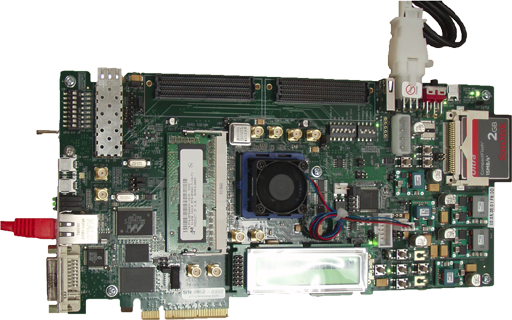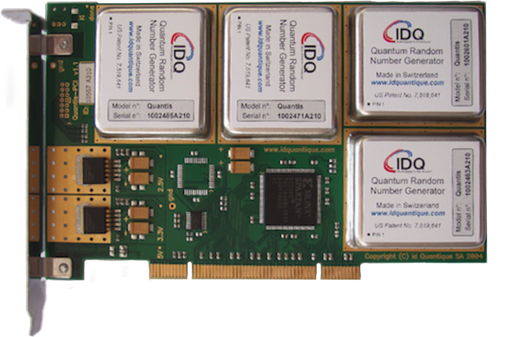Equipment
The Centre for Parallel Computing has access to a number of parallel devices and machines currently owned and operated by the Complex System and Simulations Group. The range of equipment available allows simulations to be implemented on a range of devices and configurations. This allows comparisons to be drawn between the different parallel hardware currently available. The following equipment is available to the research members of the CPC.
Devices
|
Name |
Description |
Models |
Image |
|
Multi-core Processors |
Modern Central Processing Units or CPUs have become a standard feature of any desktop or server machine. These CPUs usually contain between two and eight processors and levels of shared and exclusive cache. The machines used by the CPC contain a variety of mainly Intel CPUs designed for desktops (Core) or servers (Xeon). The CPUs vary in terms of number of cores, architecture, cache sizes and clock speeds. |
Intel
|
|
|
Graphical Processing Units |
Graphical Processing Units or GPUs are highly parallel devices that were originally designed for producing computer graphics. GPUs can also be used for general purpose computation and have a wide variety of scientific application. The CPC predominately uses NVidia GPUs and have access to a range of gamer cards (GeForce) and compute cards (Tesla). These cards differ in terms of architecture, number of cores, device memory and clock speed. |
NVidia GeForce
NVidia Tesla
|
|
|
Cell Broadband Engine |
The Cell Broadband Engine is a processor architecture developed by Sony, Toshiba and IBM. This processor design contains one Power Processing Element (PPE) connected by the Element Interconnect Bus to a number of Synergistic Processing Elements (SPEs). The Cell processors used by the CPC are PlayStation 3 consoles containing Cell processors with one PPE and eight SPEs running at 3.2GHz. |
Sony PlayStation 3 |
|
|
Field Programmable Gate Array |
A Field Programmable Gate Array or FPGA is a chip that contains programmable logic components that allow the chip to be reconfigured. These logic components can be configured and connected together to perform a certain functions in hardware. This programming is usually done using a Hardware Description Language or HDL. FPGAs have the potential to provide very high performance as the computation is done in hardware. |
Xilinx Virtex 6 ML605 |
|
|
Quantis Random Number Generator |
The Quantis Random Number Generator is not a parallel computing device but is used in conjunction with parallel devices. This device makes use of a simple quantum optical effect to generate a truly random sequence of bits. Although slower than some pseudo-random number generators, this sequence has the advantage of being truly random. It can be used to either seed/re-seed parallel pseudo-random number generators or reduce load off parallel devices computing simulations. The Quantis card owned by the CPC is hosted on a PCI slot and can produce random numbers at a rate of 16 Mbits/second. |
ID Quantique PCI Quantis |
|
Research Machines
|
Name |
Description |
Specs |
|
|
Revelation |
Relevation is a rack-mounted machine consisting of two Dell C410x PCIe chassis hosting 16 NVIDIA Tesla cards. These chassis are connected to several Supermicro Superserver host nodes through HIC card connections. |
Tesla M2075 |
|
|
Imperial GPU Cluster |
The Imperial GPU Cluster is a heterogenous cluster of GPU accelerated nodes. These machines have a range of CPUs, memory capacities and GPU devices. The wide range of hardware in the Rome GPU Cluster allow GPU-based applications to be tested on a variety of architectures and configurations. |
GeForce GTX260 |
|
|
Image Lab Cluster |
The image lab cluster is a Cluster of Workstations connected together on a gigabit ethernet switch. Each of the nodes in the Image Lab Cluster is equipped with an NVidia GeForce GTX470 graphics card. |
GeForce GTX470 |
|




